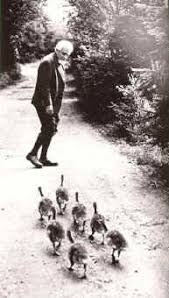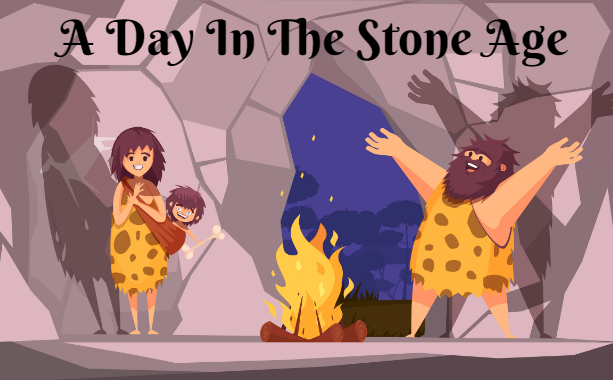
Behavior Of Animals
Behaviour is anything for an animal that does actions and or a response to a stimulus. They are doing likes blinking, eating, walking, flying, vocalizing, and huddling are all examples of behaviors. Behavior is on a whole defined as the method an animal acts. Swimming is an example of behavior.
Types of Animal behavior
- Instinct
- Imprinting
- conditioning
- Imitation


- Hunger and thirst instincts
- Salivary instinct, which produces an urge. …
- Defection instinct.
- Urinary instinct.
- Blinking instinct, which is for the urge to keep.
- Penguins. A king penguin surveys its busy surroundings (Dreamstime) …
- Brown bears. A brown bear searches around the Alaska Wildlife Safeguarding Center (Dreamstime) …
- Rhinos. A rare white rhino saunters through Meru National Park, Kenya (Dreamstime) …
- Tigers. …
- Polar bears. …
- Sloths. …
- Mountain gorillas. …
- Wolves.
Imprinting:

Imprinting mentions a censorious interval of time untimely in an animal’s life when it forms accessary and evolves a notion of its own specification. Birds and mammals are born with a pre-programmed operation to imprint onto their mother. … Imprinting has been used by humanity for the duration in tractableness animals and domestic fowl.
- A puppy observing and learning, typically from their mother, throughout the censorious window in Puppy Hood.
- Ducks
- Waterfowls
- Chickens and Turkeys
- Guinea pig
- Male zebra finches materialize to choose partners with the aspect of the female bird that occiput them, alternately that of the delivery parent when they are different.
Conditioning Of Animals:
 In instrumental conditioning, an animal’s behavior is conditioned by the results that accompany it. That is, a behavior will happen any more or slighter frequently, hanging on to its consequences. When an animal executes a specific behavior that manufactures an approving result, the animal is likely to redo the behavior.
In instrumental conditioning, an animal’s behavior is conditioned by the results that accompany it. That is, a behavior will happen any more or slighter frequently, hanging on to its consequences. When an animal executes a specific behavior that manufactures an approving result, the animal is likely to redo the behavior.
Imitation:


Imitation in animals is an education in the field of social learning where learning behavior is noticed in animals individually how animals learn and modify through imitation. … More individually, these behaviors are usually distinctive to the types and can be composite in nature, and can benefit the survival of the separate
So, you got all information about the behavior of animals.















0 Comments